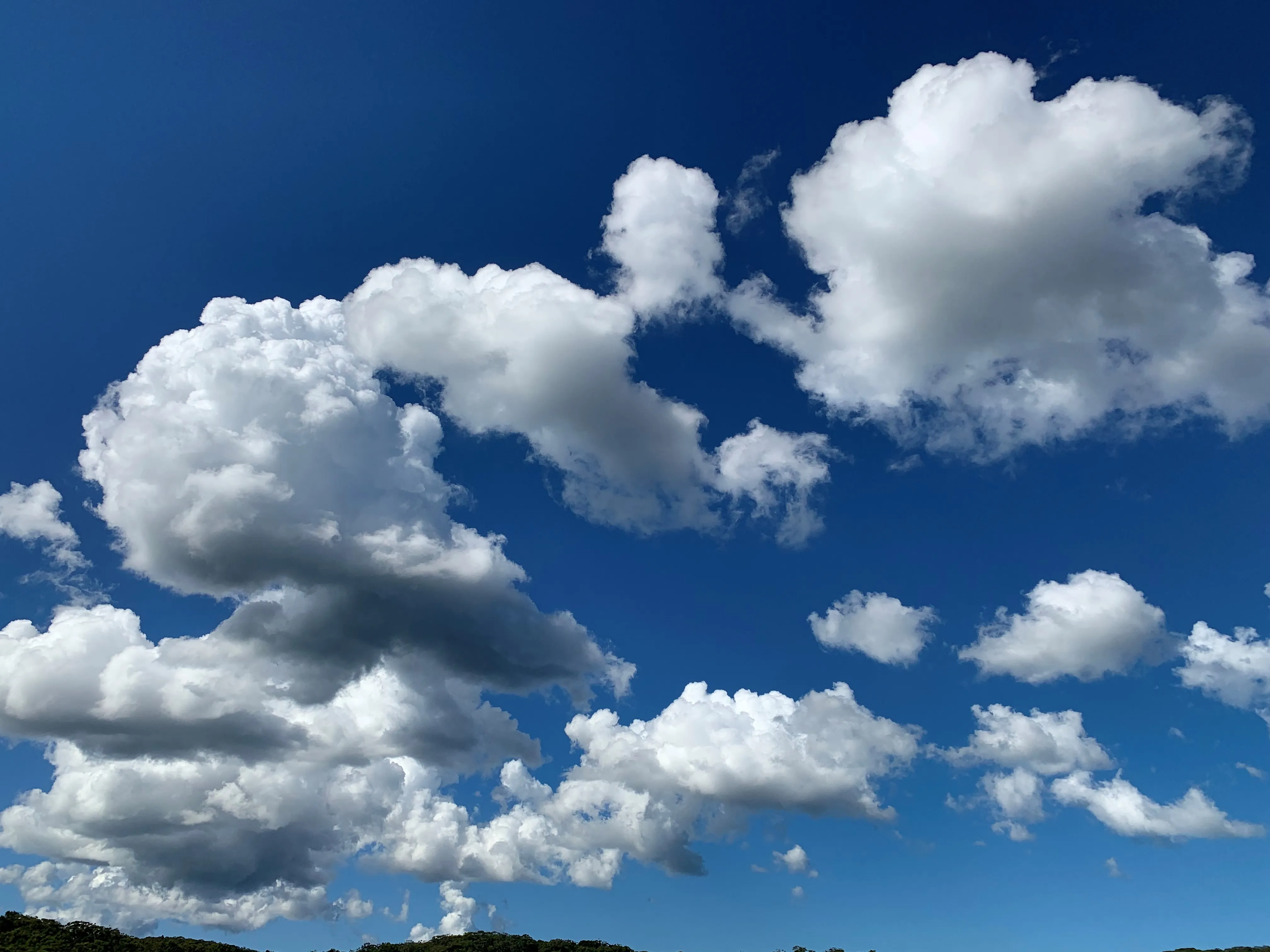



From the Principal
‘The clouds come in from the east. White, fluffy, and careless. They gather and form a flock. The blue sky is the bluest of blues. I float, looking upwards. I am blessed. I have gratitude in my heart. Boomanjin has called me back to rest, re-centre and re-energise. I had longed for K’Gari so much in the last twelve months. A place to touch earth, to ground. This all feels so familiar, so natural, so welcoming. And so beautiful’.
I wrote this simple foreword as I sat quietly on the shore of the world’s largest perched lake, deep in the Australian bush in April whilst on annual leave. This is a favourite destination, and one I have returned to many, many times since I was eighteen. I feel connected to this site, a sense of moral duty and a deep love.

Through my own experience, I believe that exposing children to the magnificence of the natural planet will be the catalyst for them to learn to cherish that beauty. The educators within our community will be familiar with Vygotsky’s dictum that ‘children grow into the intellectual world around them’ (1). In other words, we are not just accountable for – but responsible for – the next generation of thinkers. I know this to be true of nurturing our children’s love of the environment and that our youth grow into the environmental world around them.
The importance of environment is a strong theme of our Strategic Plan; it acts as one of the central elements we wrap around our learners. Similarly, the current work on our Strategic Development Framework for Melbourne Girls Grammar will ensure that we have a sustainable and long-term plan for our environment at Morris Hall and Merton Hall. For it is these environments in which our Grammarians learn, that require us to ensure they are designed for a purpose, are varied, and encourage rich learning opportunities. Indeed, at Melbourne Girls Grammar we speak of the environment as the third teacher and respect its importance accordingly. This thinking is inspired by the Reggio Emilia philosophy where the environment is a space providing learning experiences for children to explore, experiment, develop their ideas and test their theories. Our focus of this edition of Information Exchange is that the environment is truly the teacher – it provokes thought and ideas and is an enabler of learning.
Through my own experience, I believe that exposing children to the magnificence of the natural planet will be the catalyst for them to learn to cherish that beauty. The educators within our community will be familiar with Vygotsky’s dictum that ‘children grow into the intellectual world around them’ (1). In other words, we are not just accountable for – but responsible for – the next generation of thinkers. I know this to be true of nurturing our children’s love of the environment and that our youth grow into the environmental world around them.
The importance of environment is a strong theme of our Strategic Plan; it acts as one of the central elements we wrap around our learners. Similarly, the current work on our Strategic Development Framework for Melbourne Girls Grammar will ensure that we have a sustainable and long-term plan for our environment at Morris Hall and Merton Hall. For it is these environments in which our Grammarians learn, that require us to ensure they are designed for a purpose, are varied, and encourage rich learning opportunities. Indeed, at Melbourne Girls Grammar we speak of the environment as the third teacher and respect its importance accordingly. This thinking is inspired by the Reggio Emilia philosophy where the environment is a space providing learning experiences for children to explore, experiment, develop their ideas and test their theories. Our focus of this edition of Information Exchange is that the environment is truly the teacher – it provokes thought and ideas and is an enabler of learning.
Through my own experience, I believe that exposing children to the magnificence of the natural planet will be the catalyst for them to learn to cherish that beauty. The educators within our community will be familiar with Vygotsky’s dictum that ‘children grow into the intellectual world around them’ (1). In other words, we are not just accountable for – but responsible for – the next generation of thinkers. I know this to be true of nurturing our children’s love of the environment and that our youth grow into the environmental world around them.
The importance of environment is a strong theme of our Strategic Plan; it acts as one of the central elements we wrap around our learners. Similarly, the current work on our Strategic Development Framework for Melbourne Girls Grammar will ensure that we have a sustainable and long-term plan for our environment at Morris Hall and Merton Hall. For it is these environments in which our Grammarians learn, that require us to ensure they are designed for a purpose, are varied, and encourage rich learning opportunities. Indeed, at Melbourne Girls Grammar we speak of the environment as the third teacher and respect its importance accordingly. This thinking is inspired by the Reggio Emilia philosophy where the environment is a space providing learning experiences for children to explore, experiment, develop their ideas and test their theories. Our focus of this edition of Information Exchange is that the environment is truly the teacher – it provokes thought and ideas and is an enabler of learning.



There has been much research centred on the importance of introducing children to the environment early. Academic, and environmental psychologist, Professor Louise Chawla in her review of research on the correlation of connecting with nature and caring for the environment is an important reminder on explicitly using the natural learning environment as the classroom for teaching sustainability, stewardship, and an understanding of the centrality of the human connection to the biosphere. Chawla (2020) states:
‘Within a generation, children’s lives have largely moved indoors, with the loss of free-ranging exploration of the natural world, even as research indicates that direct experiences of nature in childhood contribute to care for nature across the lifespan.’ (2).
There has been much research centred on the importance of introducing children to the environment early. Academic, and environmental psychologist, Professor Louise Chawla in her review of research on the correlation of connecting with nature and caring for the environment is an important reminder on explicitly using the natural learning environment as the classroom for teaching sustainability, stewardship, and an understanding of the centrality of the human connection to the biosphere. Chawla (2020) states:
‘Within a generation, children’s lives have largely moved indoors, with the loss of free-ranging exploration of the natural world, even as research indicates that direct experiences of nature in childhood contribute to care for nature across the lifespan.’ (2).



As Principal, it is important to me that we have a school where children are surrounded by a natural beauty; to spaces where the lines of learning are blurred between outside and in. Experiences such as knowing their beautiful city of Melbourne, the Yarra precinct, the Royal Botanic Gardens, Port Phillip Bay, the Mornington and Bellarine Peninsulas, and of course our school camps and excursions further afield to Phillip Island, the Toolangi State Forest, the Grampians, the Victorian Alps, and Arnhem Land. By having these experiences, we are fostering a deep connection with the environment, a sense of moral purpose to protect their planet, and a deep love of nature that will sustain them throughout life and provide a sense of peace and hope.
When we place such pivotal importance on the environment; when it is embedded as the third teacher in our curriculum and pedagogy, we can ensure that every space is one of educational beauty.
As Principal, it is important to me that we have a school where children are surrounded by a natural beauty; to spaces where the lines of learning are blurred between outside and in. Experiences such as knowing their beautiful city of Melbourne, the Yarra precinct, the Royal Botanic Gardens, Port Phillip Bay, the Mornington and Bellarine Peninsulas, and of course our school camps and excursions further afield to Phillip Island, the Toolangi State Forest, the Grampians, the Victorian Alps, and Arnhem Land. By having these experiences, we are fostering a deep connection with the environment, a sense of moral purpose to protect their planet, and a deep love of nature that will sustain them throughout life and provide a sense of peace and hope.
When we place such pivotal importance on the environment; when it is embedded as the third teacher in our curriculum and pedagogy, we can ensure that every space is one of educational beauty.
As Principal, it is important to me that we have a school where children are surrounded by a natural beauty; to spaces where the lines of learning are blurred between outside and in. Experiences such as knowing their beautiful city of Melbourne, the Yarra precinct, the Royal Botanic Gardens, Port Phillip Bay, the Mornington and Bellarine Peninsulas, and of course our school camps and excursions further afield to Phillip Island, the Toolangi State Forest, the Grampians, the Victorian Alps, and Arnhem Land. By having these experiences, we are fostering a deep connection with the environment, a sense of moral purpose to protect their planet, and a deep love of nature that will sustain them throughout life and provide a sense of peace and hope.
When we place such pivotal importance on the environment; when it is embedded as the third teacher in our curriculum and pedagogy, we can ensure that every space is one of educational beauty.

References:
- Vygotsky, L. S. (1978). Mind in society: The development of higher psychological processes. In M. Cole & S. Scribner, (Ed.) Mind in Society: The Development of Higher Psychological Processes. Cambridge, MA: Harvard University Press.
- Chawla, L. (2020). Childhood nature connection and constructive hope: A review of the research on connecting with nature and coping with environmental loss. People and Nature 2(3) DOI:10.1002/pan3.10128
References:
- Vygotsky, L. S. (1978). Mind in society: The development of higher psychological processes. In M. Cole & S. Scribner, (Ed.) Mind in Society: The Development of Higher Psychological Processes. Cambridge, MA: Harvard University Press.
- Chawla, L. (2020). Childhood nature connection and constructive hope: A review of the research on connecting with nature and coping with environmental loss. People and Nature 2(3) DOI:10.1002/pan3.10128
References:
- Vygotsky, L. S. (1978). Mind in society: The development of higher psychological processes. In M. Cole & S. Scribner, (Ed.) Mind in Society: The Development of Higher Psychological Processes. Cambridge, MA: Harvard University Press.
- Chawla, L. (2020). Childhood nature connection and constructive hope: A review of the research on connecting with nature and coping with environmental loss. People and Nature 2(3) DOI:10.1002/pan3.10128






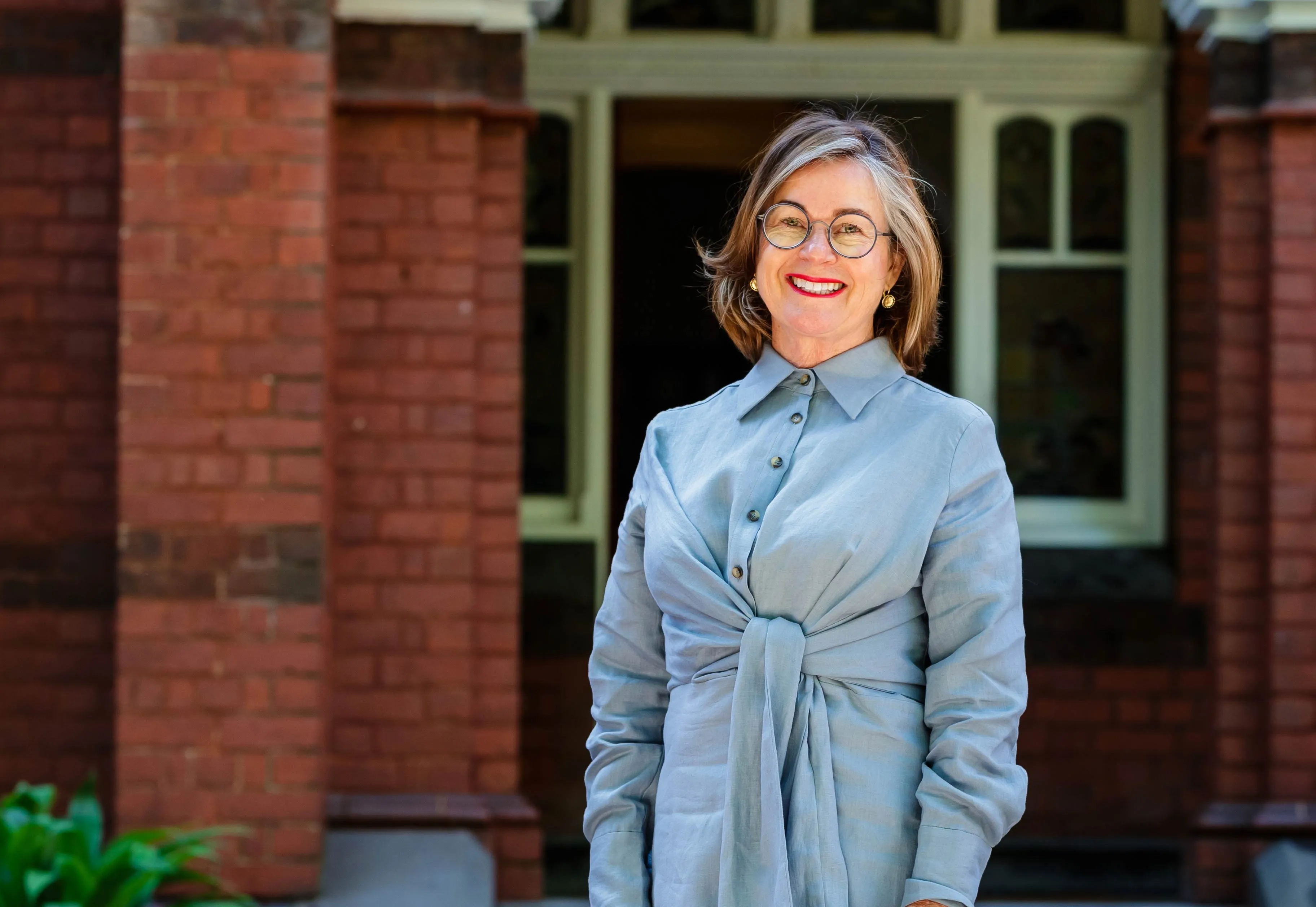
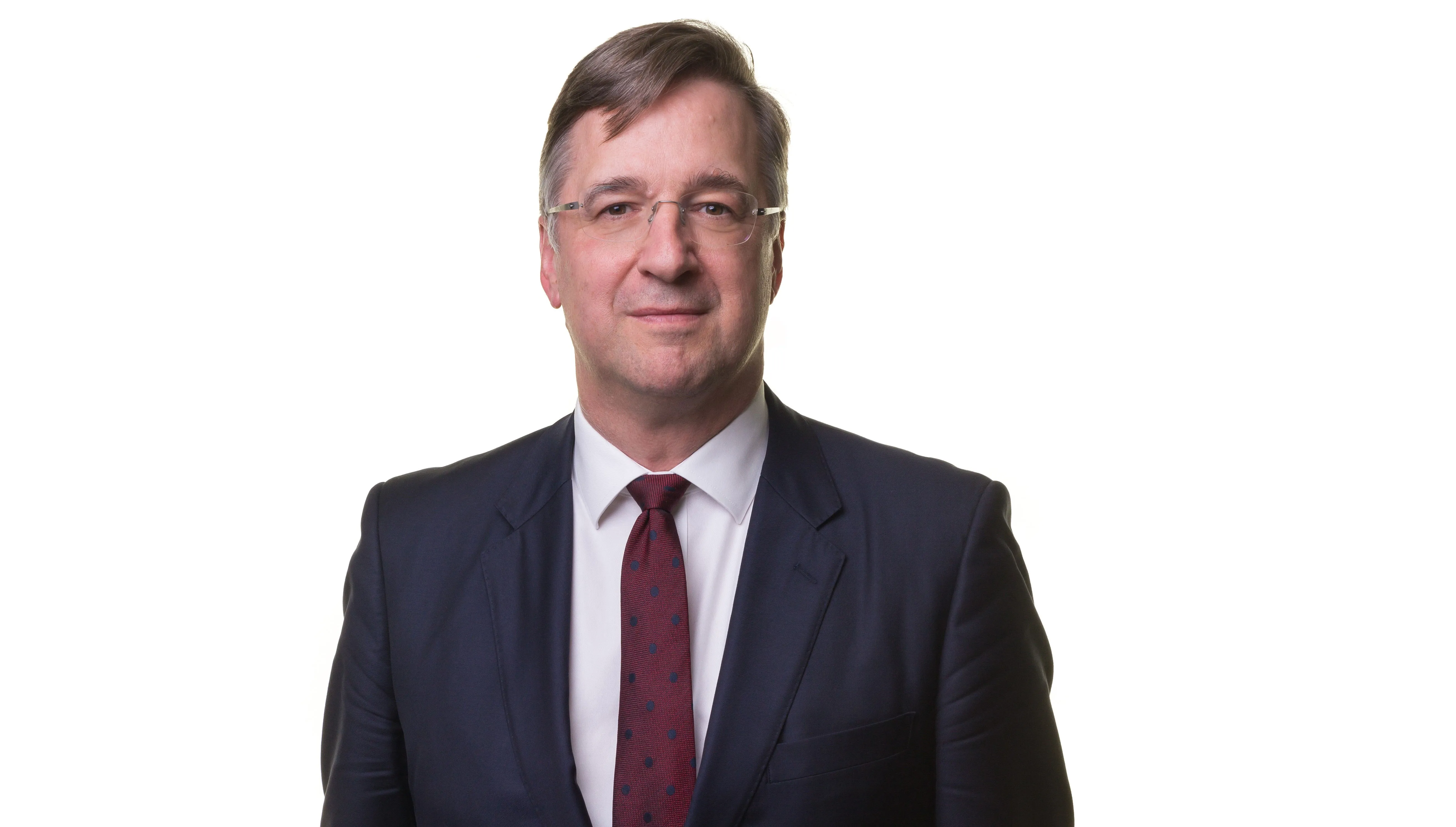
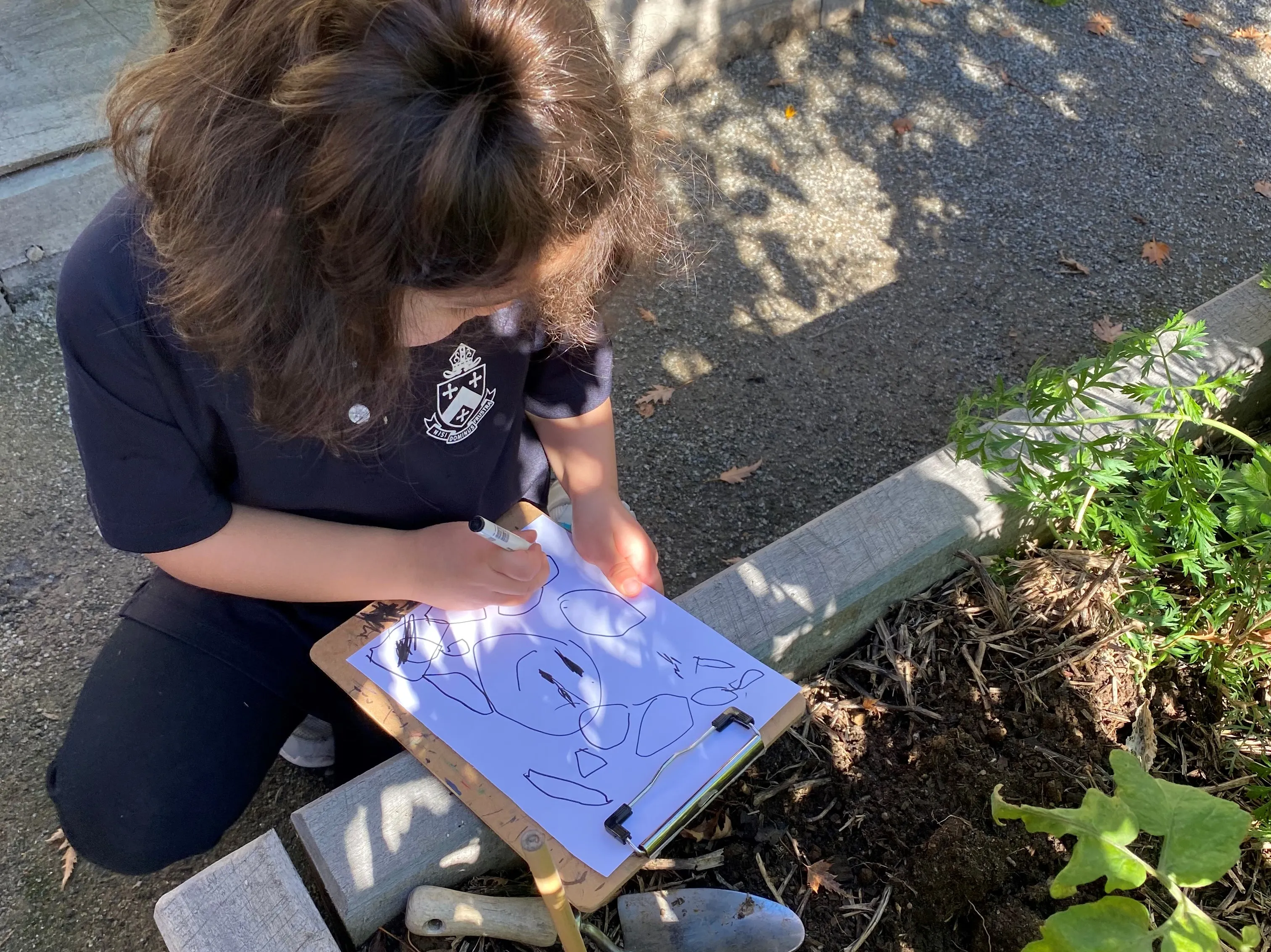
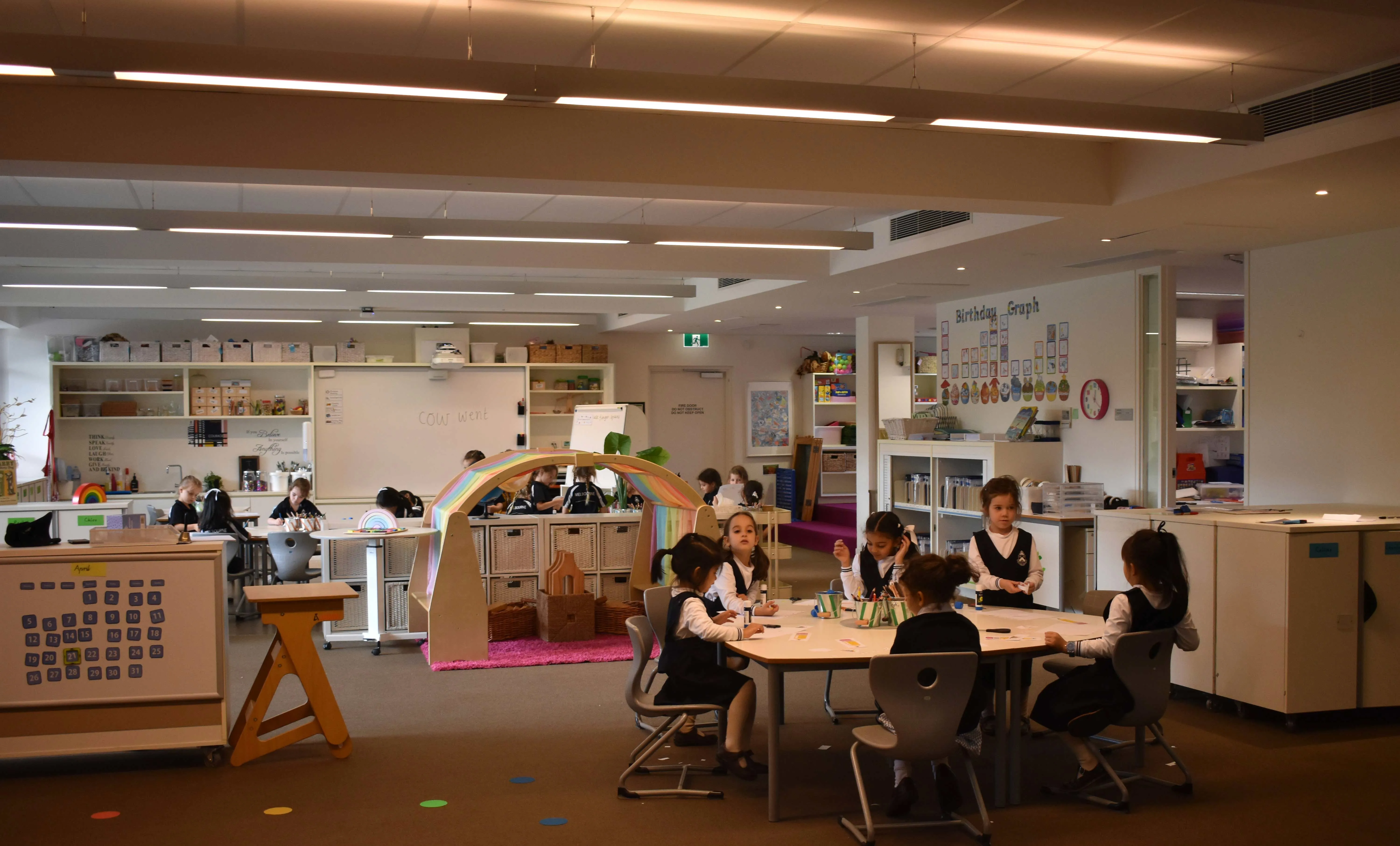
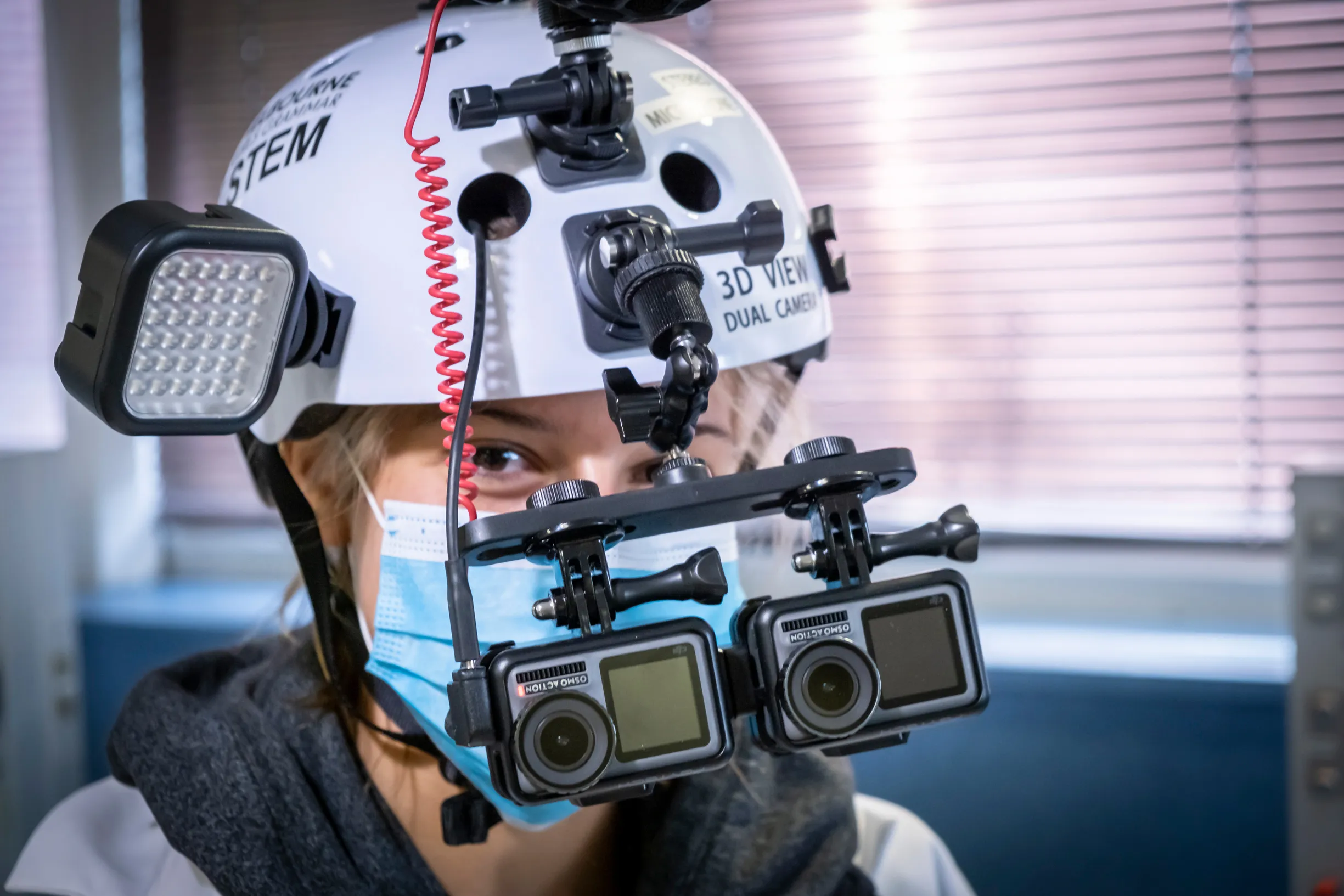
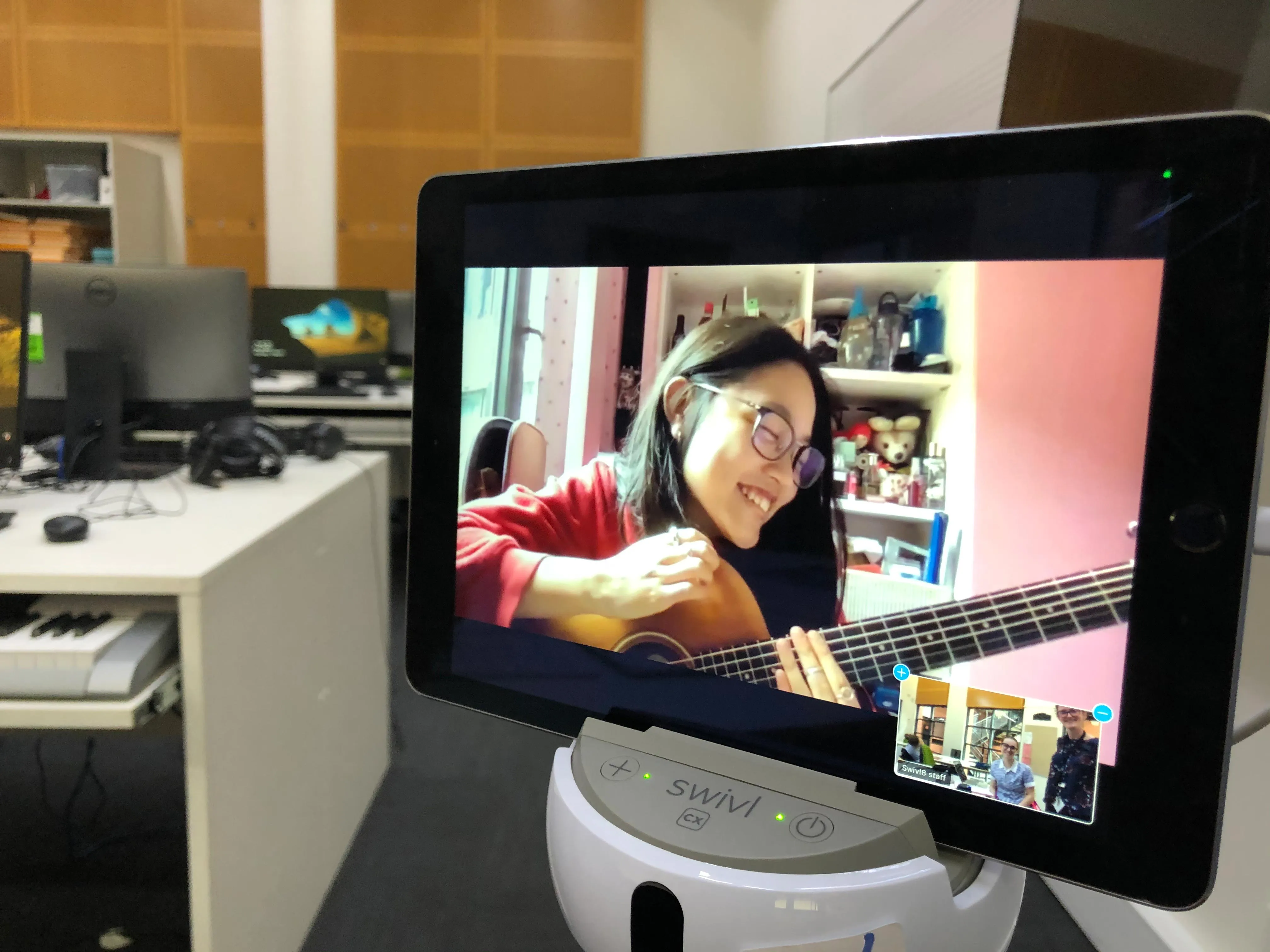

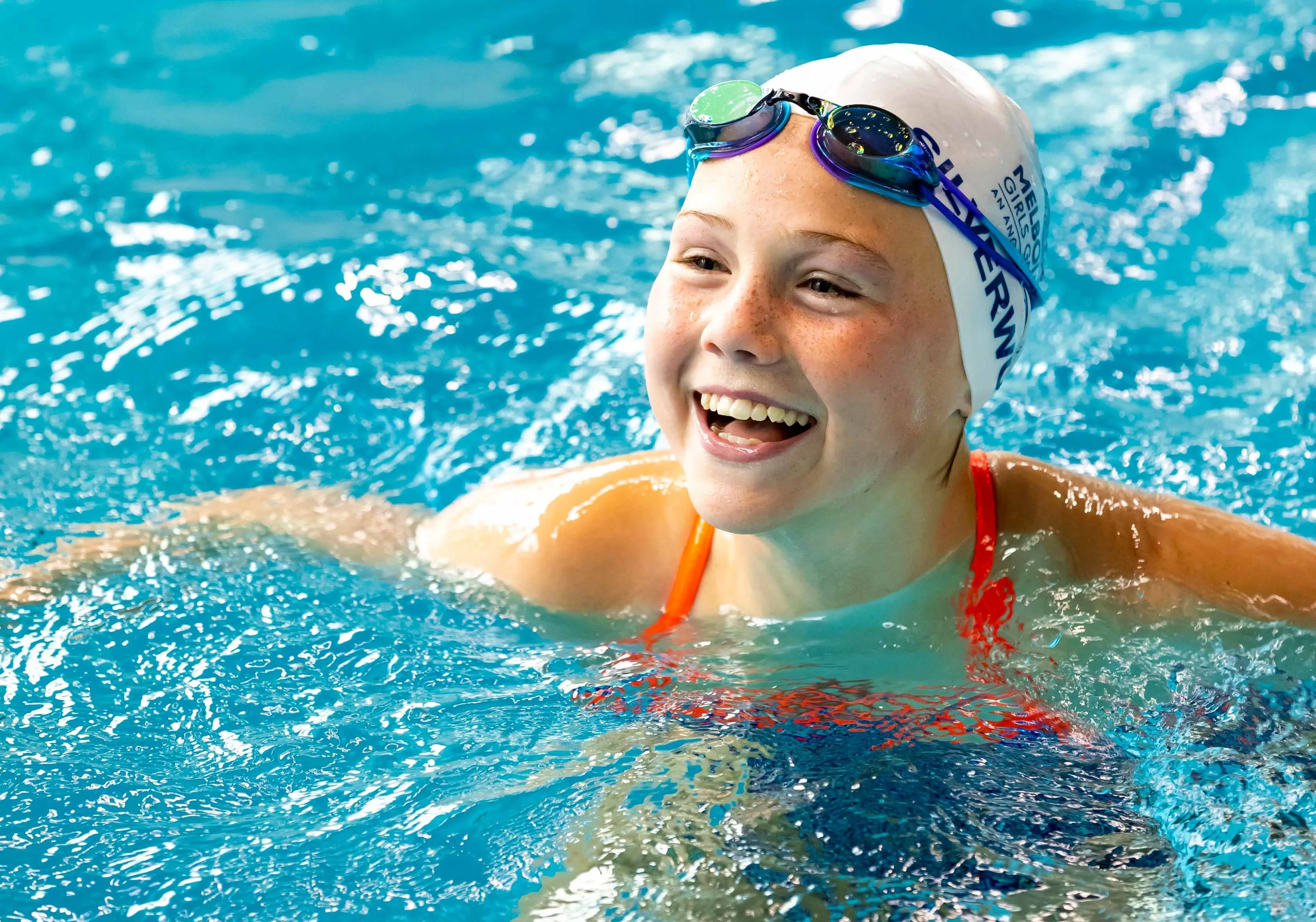

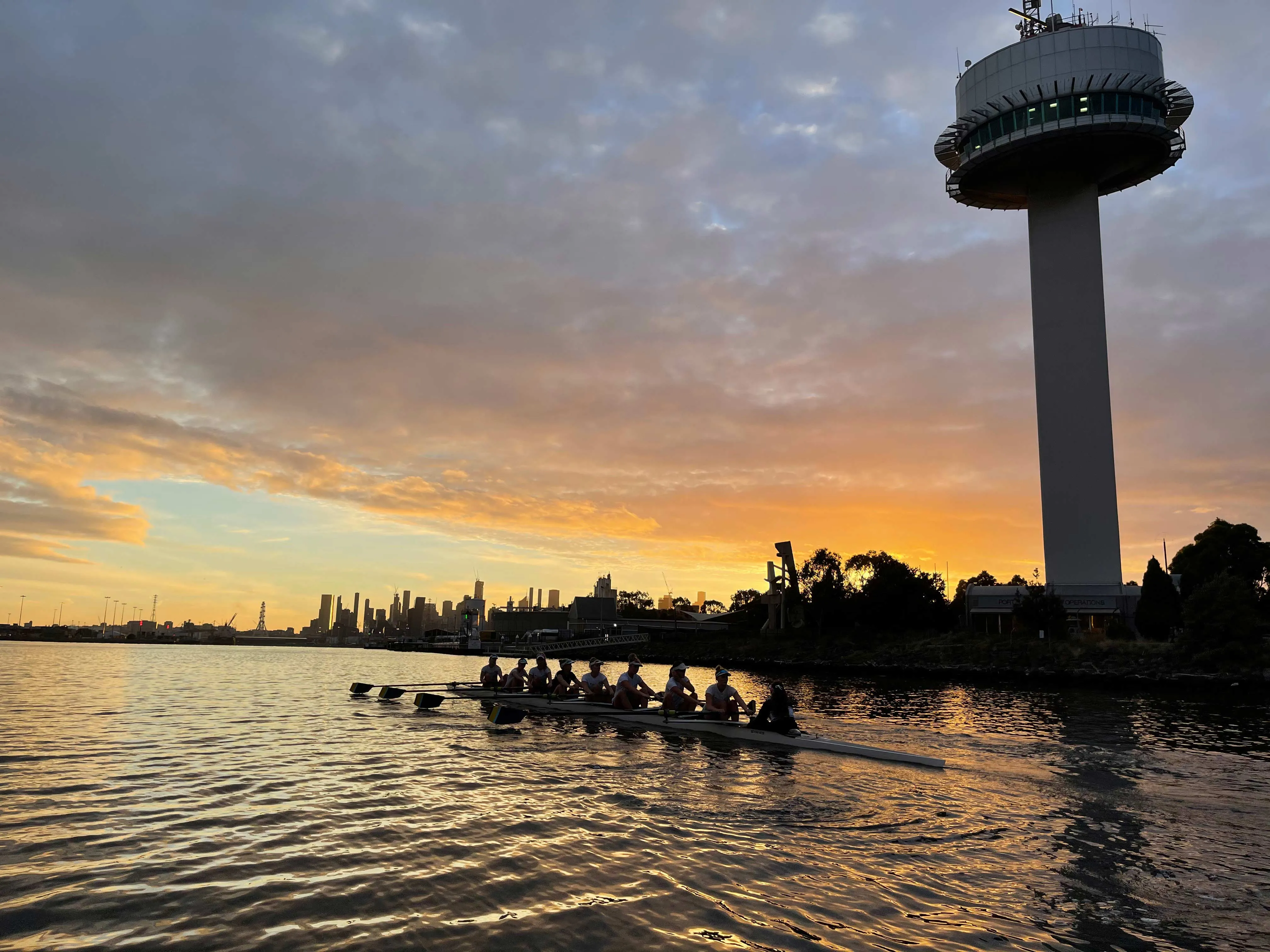
.webp)










